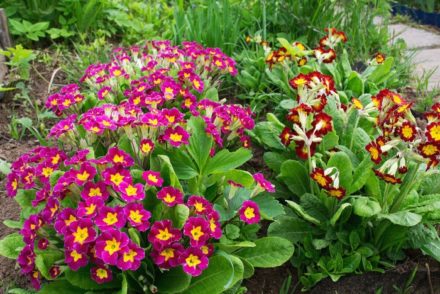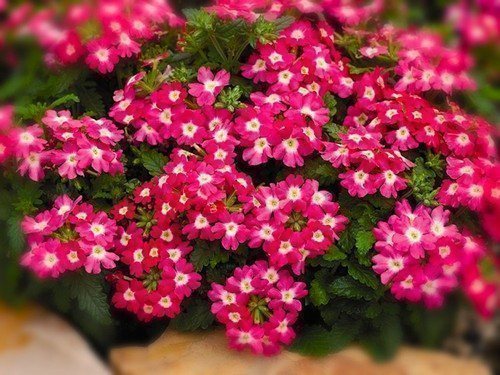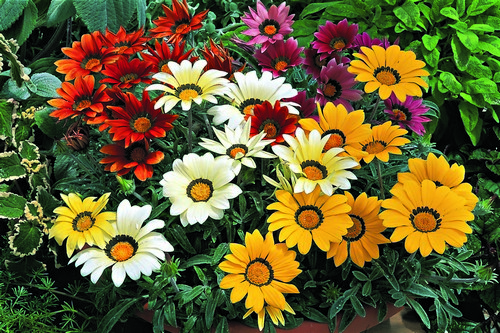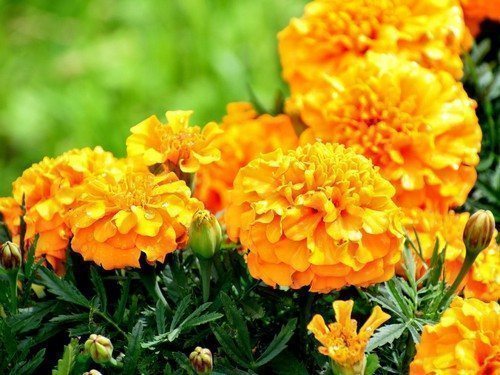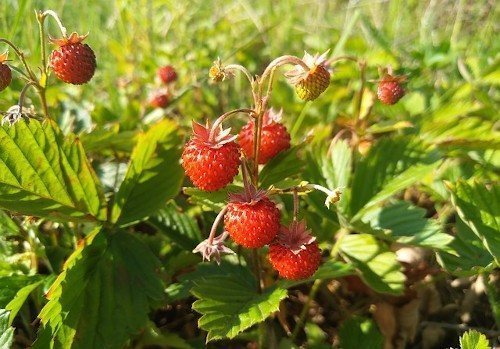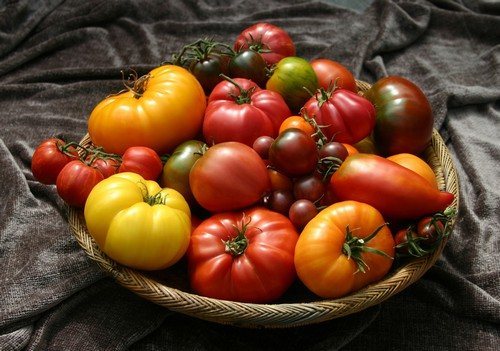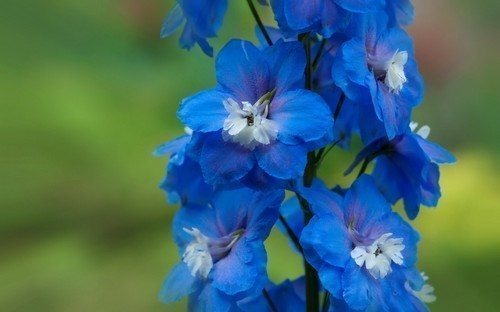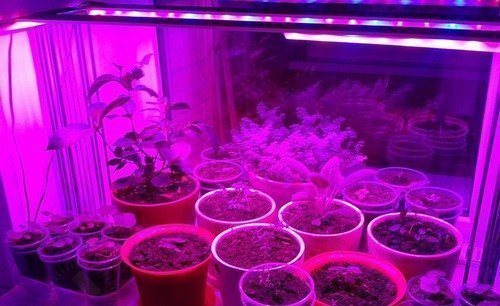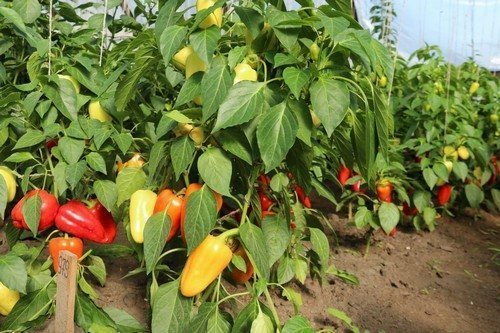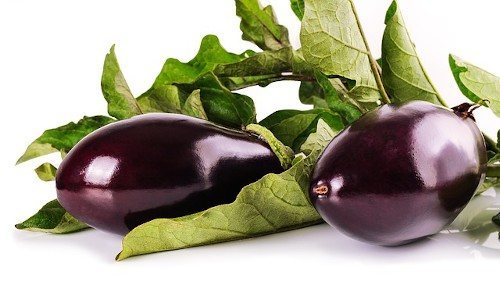If you want to grow a beautiful primrose from seeds, you can take any variety you like, the main thing is that it is not a hybrid, because in this case, the new flowers will not inherit the varietal characteristics of the parent plants. If you want to propagate hybrids, there are vegetative methods (leaf cuttings, dividing the bush).
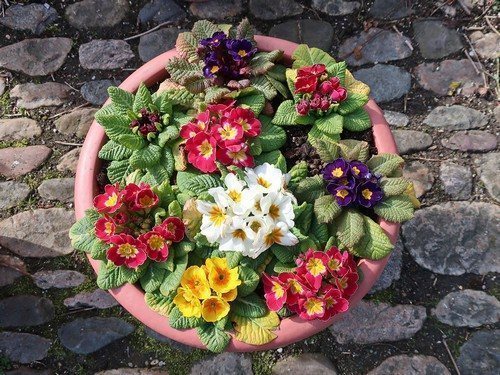
And this is nothing more than a persistent myth - that primrose is difficult to grow at home for seedlings. There are not many rules that must be followed in order for the primrose to ultimately please with vitality and luxurious flowering.
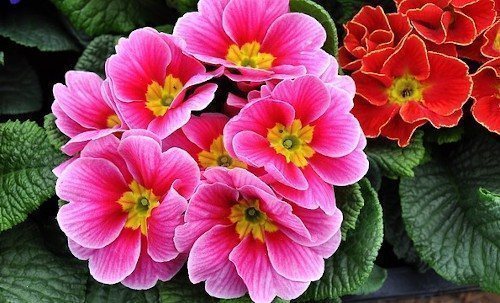
Calculation of planting dates
Theoretically, you can focus on the optimal time for a particular variety, indicated on its packaging. But experienced primrose lovers insist that it can be planted within six months, varying the timing depending on the desired flowering period:
- sowing in October-November - guarantees decoration of the garden with primrose colors in March-April;
- sowing in December - produces flowering in May;
- sowing in January - ensures the opening of primrose buds in June-July;
- sowing in February-March - precedes flowering in August-September.
Sowing in other, that is, summer months, is suitable when growing primrose directly in the garden, that is, bypassing the home stage of seedlings.
Substrate preparation
The easiest way is to buy nutritious universal soil for flower seedlings at a flower growing store. You can also prepare the soil mixture yourself by taking 1 part turf soil and 2 parts leaf humus.
2-3 weeks before planting the seeds, it is recommended to carry out a procedure for disinfecting the substrate from, hypothetically, pathogenic microorganisms and eggs of pests present in it. There are four processing methods:
- etching - the soil is moistened with a solution of Fitosporin;
- calcination - the earth is scattered in a layer 1.5-2 cm thick on a baking sheet and placed in an oven preheated to 90°C for 30 minutes;
- steaming - the soil is kept for 1.5 hours on a sieve mounted over a pan of boiling water;
- freezing - the soil is kept outside in the cold (no higher than -5°C) for 10 days, then returned to a warm room for 10 days and again sent into the cold.
The soil for primrose should have good air permeability so that the roots of the seedlings do not begin to rot and retard their development. Therefore, on the eve of sowing the seeds, it is recommended to mix the soil with perlite and vermiculite (taken in 1 part), which in general should be approximately 20% of its volume.
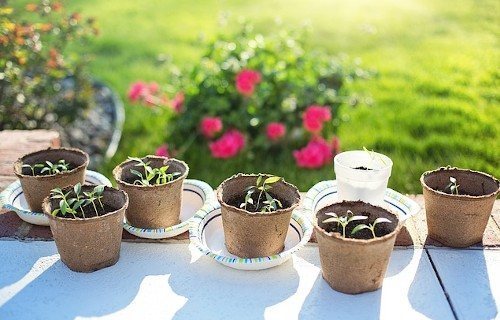
The nuances of sowing itself
Tiny and “delicate” primrose seeds do not need to be embedded in the soil; moreover, such treatment reduces their germination rate to zero.
Instead, the planting container is filled with a layer of substrate 5-8 cm thick and lightly slammed with the palm of your hand, compacting it so that the seeds do not fall into the depths.
If there are a lot of seeds, you can simply scatter them, but if there is a shortage of them or you want to simplify your task for the upcoming picking, you can pick each one up on a wet toothpick and place it at approximately the same distance from one another. Anyway, there should be no more than 5 pieces per square centimeter.
Then the seeds are moistened with warm water from a spray bottle. You can dissolve a couple of drops of fungicide in it to prevent damage to seedlings by blackleg.
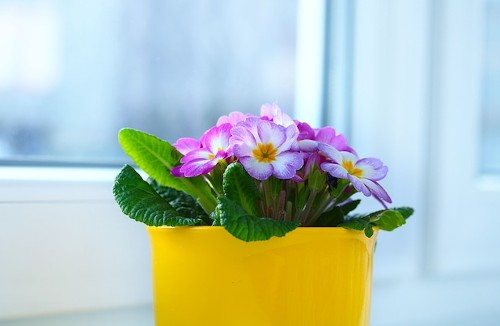
Fourth rule. Exit strategy
To “awaken”, primrose seeds need a greenhouse effect, for which the planting container is covered with plastic film or a light-transmitting plastic lid.
Over the next 7-10 days (namely, after this period the shoots should appear), the following conditions are observed:
- the air temperature should be between +10°C and +18°C;
- Every day the cover is removed for 20 minutes to ventilate the primrose;
- Every day the seeds and soil are sprayed with clean water.
- Before germination, seeds should be exposed to diffused light;
- but for Siebold's primrose, Tall or fine-toothed, shade is needed, and light is useful when it becomes seedlings.
As soon as tender shoots appear in place of the seeds, the shelter is removed.
Healthy seedlings require only 2 feedings before moving into the garden - the first can be done as soon as the first leaves appear. And this should not be a folk recipe, but a complex mineral fertilizer diluted at 50% of the concentration recommended for adult plants.
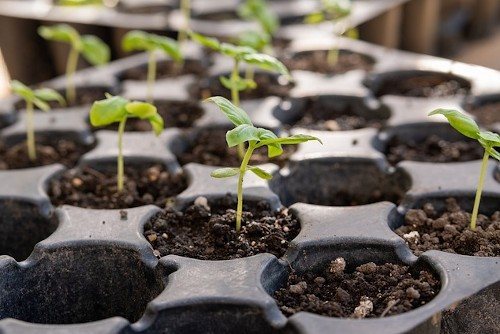
Fifth rule. Features of picking
When each seedling has a pair of true leaves, the first picking is carried out to stimulate the development of a fibrous root system. At the same time, each plant is given its own separate glass with a volume of about 50 ml.And it is important to emphasize that for starting picking you need to use tweezers and a toothpick as an auxiliary tool, since by hand there is a high risk of damaging delicate plants.
After 30 days, the time comes for the second picking, transplanting into containers with a volume of 200-300 ml, and this time it is not forbidden to carefully work with your hands.
Sixth rule. Preparing for landing at a permanent place
After 4 weeks from the second picking, the primrose is ready to be transplanted into open ground or moved into a nice pot for indoor keeping.
If the primrose will decorate the garden, then within 2 weeks before transferring it into it, it must be hardened - by taking it outside every day, where the air temperature must exceed +10°C. Moreover, this needs to be done during sunny hours - so that the plant gets used to direct rays. On the first day, hardening lasts 15 minutes and every next day it is increased by the same amount.
If after planting it may get colder to 0°C, the primrose is provided with film cover.
The tenderness of the primrose root system requires transplantation to a permanent place using the transshipment method - that is, without destroying the earthen coma.
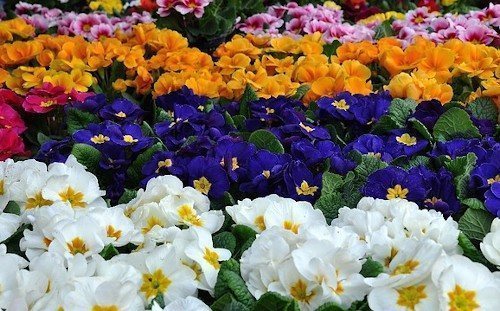
To sum up, we can say that primrose is an amazing and not so difficult plant to care for and grow, the troubles with which are paid off a hundredfold by its magnificent decorative effect.


